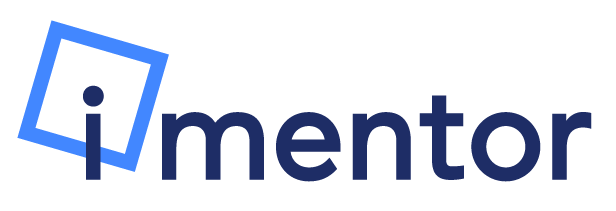Our highest aspiration for understanding student learning in the long-term is to utilize as many sources of information as possible, including the student, their mentor, and their Program Manager. In-person assessments are the first step toward getting data about students that is not coming directly from the student. These assessments are embedded in activities that foster conversation between pairs about key themes of the iMentor program including the links between personal interests, education, and career as well as how to leverage the mentor for more support.
What are the goals for in-person assessments in 2018-19?
The 2018-19 program year is the first year in-person assessments have been deployed as part of the iMentor model. The goals for these tools this year are to:
- Learn more about the student and mentor experience with these tools
- Identify factors that lead to successful implementation and challenges that need to be addressed
- Evaluate the effectiveness of the rubrics for measuring selected outcomes
- Explore the psychometric properties of these rubrics
How was the idea of in-person pair co-assessments developed?
The idea of assessment activities at events came out of a desire to understand our outcomes without relying on survey data. The National Program Team took the idea of mentee/mentor co-assessment of mentee knowledge/skills/mindsets to stakeholders across the entire organization. These stakeholders included program staff, partner programs, development, and more. After getting positive feedback, about the idea, the team met with our curriculum writers to develop the idea.
The rationale for this decision was to capitalize on work that was piloted in FY18, while also introducing an activity that would be both programmatically beneficial for pairs to engage with, and allow us to gain insight into the value of the activity as an assessment exercise as well.
What kinds of feedback went into the development of in-person assessments?
After taking the suggestions from the field, the National Program Team conducted a literature review to find whether resources already existed to support to this type of measurement. The assessments leaned on available resources and were supplemented by original content created in house. These assessments were then brought to program staff for feedback about how to learn more about how to effectively train around, message, and implement these assessments.
What are the topics covered on the in-person assessments?
The two rubrics developed for the 2018-19 program year focus on (1) student reflection on how to get to their highest career aspiration and (2) how students leverage their mentor for support. The rubrics are intended to serve as a yearly check in on where students are around both key programmatic components. These topics were chosen because of their ability to move pairs forward on important goals of the program (i.e., post-secondary pathway that fits the highest career aspiration, strong mentoring relationships).
If you would like to view the rubrics, you can find the links to them as well as suggested practices for assessment administration here. For more information on how to administer the in-person assessments, visit our Assessments FAQ article on the Learning Center.

